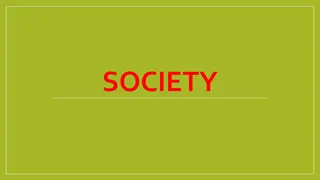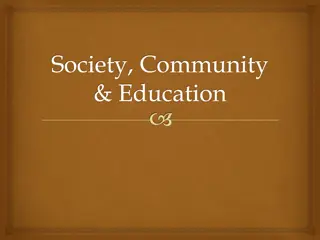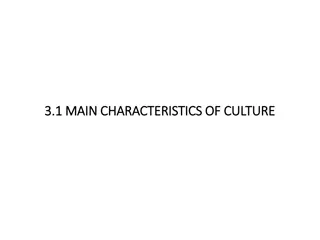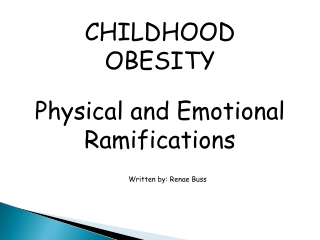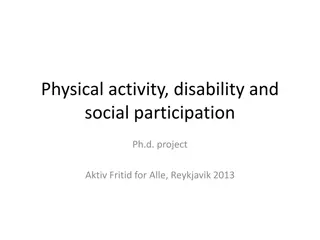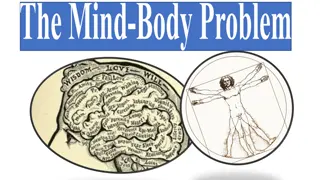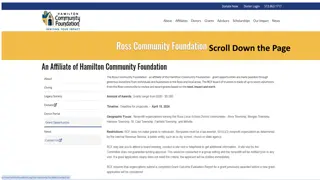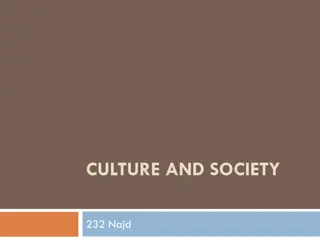Exploring Deviant Physical Characteristics in Society
Delve into the societal impact of deviant physical characteristics as discussed in Erich Goode's book "Deviant Behavior 12th Edition." Unveil the diverse reactions individuals face, from resistance to internalization, due to stigmatization based on appearance. Explore topics like physical disability, looksism, extreme body modification, and obesity, shedding light on the complexities of societal norms and beauty standards.
Download Presentation

Please find below an Image/Link to download the presentation.
The content on the website is provided AS IS for your information and personal use only. It may not be sold, licensed, or shared on other websites without obtaining consent from the author. Download presentation by click this link. If you encounter any issues during the download, it is possible that the publisher has removed the file from their server.
E N D
Presentation Transcript
Chapter 12: Deviant Physical Characteristics Book: Deviant Behavior 12thEdition Author: Erich Goode
Getting Started: Getting Started: Key Questions Key Questions
Social Adaptation of the Rejected Social Adaptation of the Rejected Persons who are stigmatized as a result of their possession of certain physical characteristics either: Resist or Reject the stigma, forming subcultures or collectivities, recontextualizing the difference. Internalize the stigma and feel a sense of inferiority.
Abominations of the Body Abominations of the Body
Why Treat Why Treat Undesirable Undesirable Physical Physical Conditions as Conditions as Deviant? Deviant?
Physical Disability Physical Disability Physically disability is socially constructed as such when a person s abilities or performances do not conform with institutional expectations. The physically disabled violate some of society's most important performance norms (such as seeing, walking, and hearing). This terminology is not universally accepted. Terms such as handicapped objectify or reify disability. Many deaf people reject the disability label. Social control agents enlisted to manage the disability role.
Looksism: Violations of Aesthetic Standards Looksism: Violations of Aesthetic Standards Violations of esthetic standards offer one major type of abominations of the body. There are negative consequences for not measuring up to these standards of beauty and attractive are rewarded in multiple ways (e.g., pretty privilege ). Standards of beauty are crucial to defining its absence ugliness as deviant. uglier people are assigned all kinds of undesirable qualities. They are expected to do evil things, and their misdeeds are judged as more wicked than if the same thing was done by a better looking wrongdoer (Jones et al., 1984, p. 53)
Extreme Body Modification
Obesity Obesity
Obesity & Obesity & the Female the Female Ideal Ideal
Courtesy Stigma Courtesy Stigma
Fat Admirers Fat Admirers
Disability and Disability and Tertiary Tertiary Deviance Deviance
Summary Summary Non-normative physical characteristics are a form of deviance. "Normals tend to fear and avoid physical deviants. Differentially evaluating degrees of attractiveness as a criterion of desirability accords privilege to some (attractive) and stigma to others (unattractive). The obese tend to attract condemnation commensurate with degrees of obesity. Condemnation for being overweight tends to be greater for females than males. Some physical deviant subgroups have developed tertiary deviance, demanding equal rights and an end to stigma.







